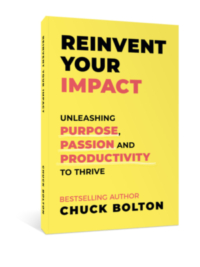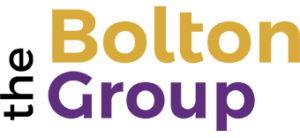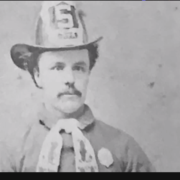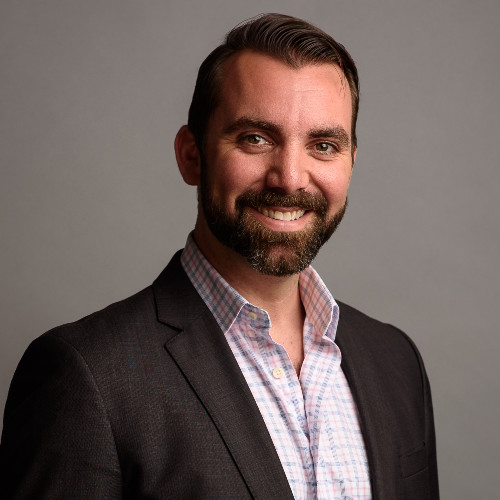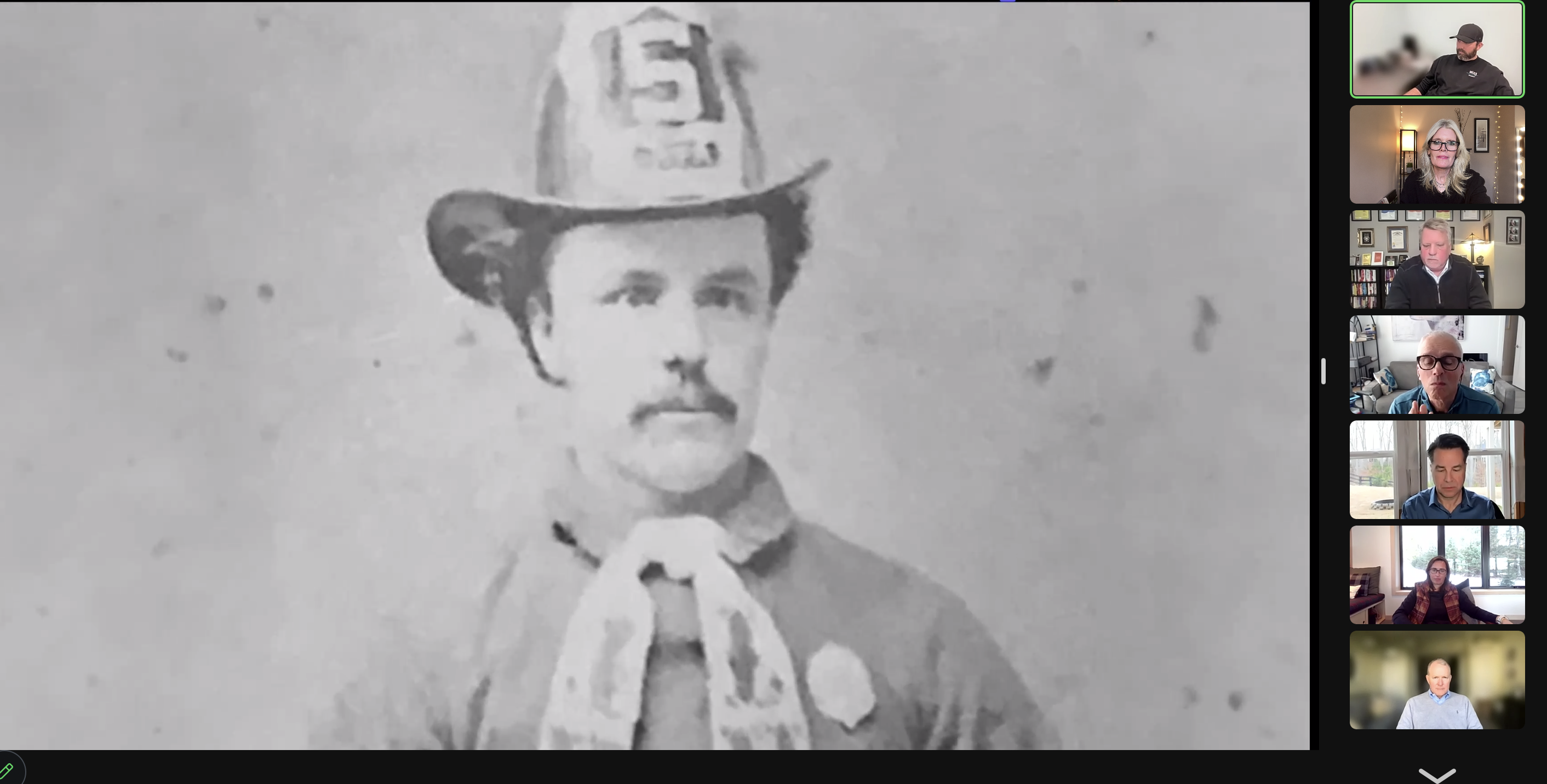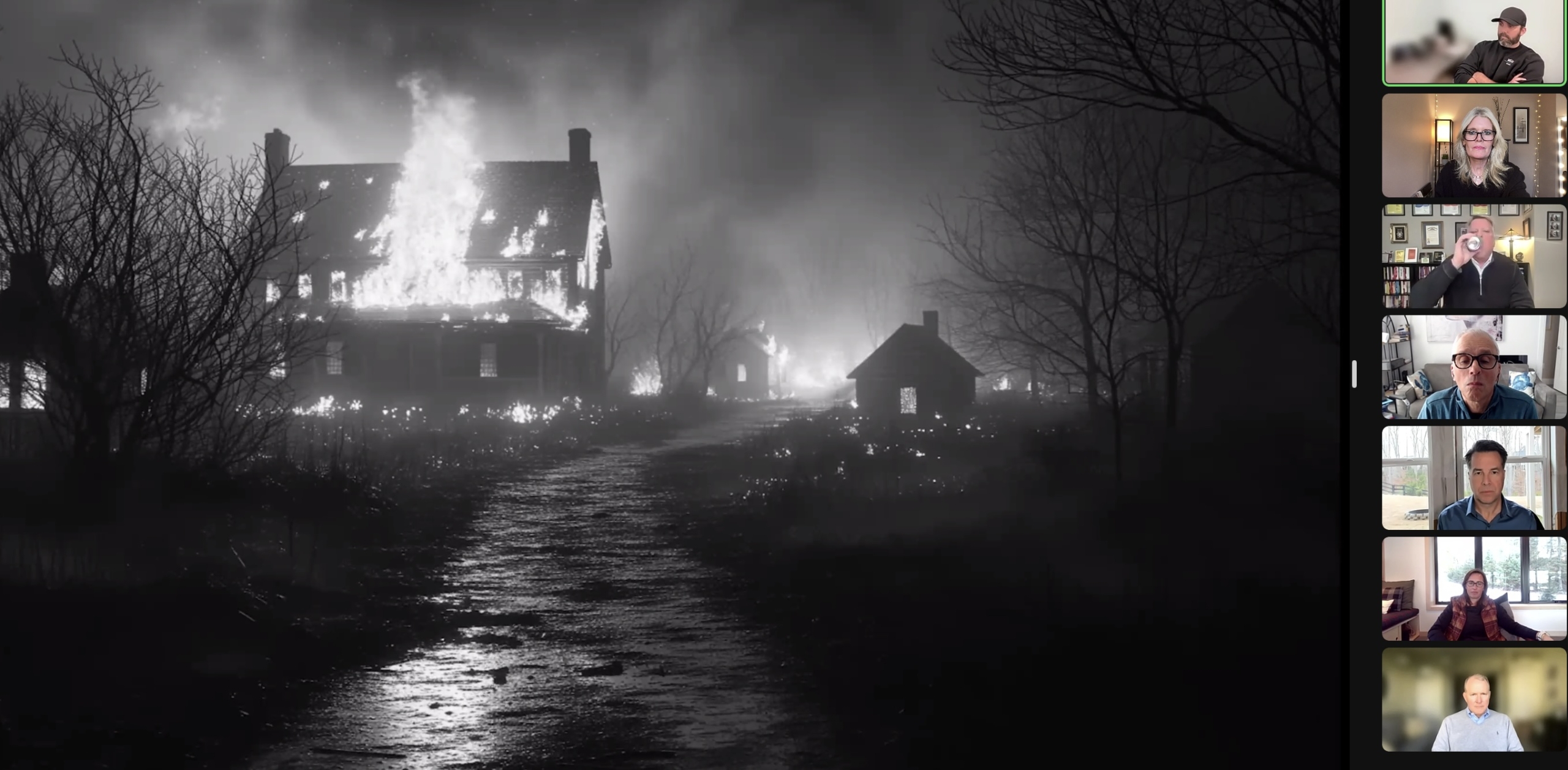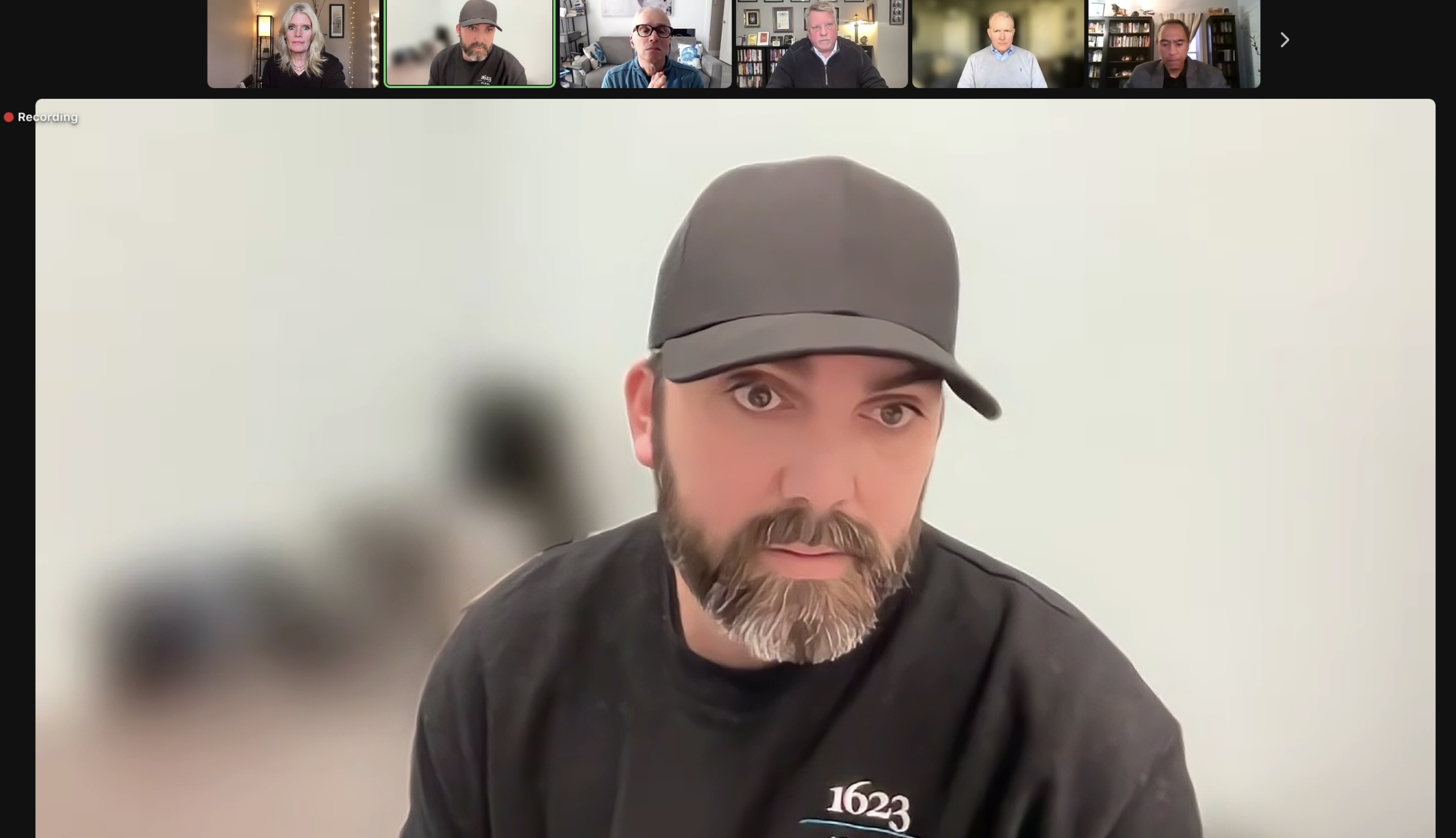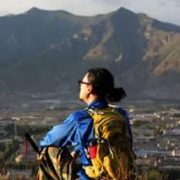When you read her bio and then meet her, you can’t help but being impressed with Rachel.
In her early 50s, she’s Ivy-League educated, has an MBA from one of the top business schools in the world, speaks multiple languages and holds a senior level global role for a leading healthcare company. With her educational and career background, it’s no surprise that she’s smart and strategic. But a high IQ doesn’t always transfer to high emotional intelligence, or EQ. Rachel is both self-aware and socially aware. Polite, well-spoken and empathetic, she brings the right combination of heart and head, the right ingredients to one day become the CEO of her $2 billion global company.
But Rachel had a problem.
After three years, she had doubts her company was right for her. As we got to know one another, she confided she wasn’t feeling good about the company, she’d lost her passion and wanted to get her juice back. When she experienced the nagging feelings her company may not be the right fit, she’d stuff them away, and immerse herself deeply in her work.
She described her boss, the CEO, as “old school, low energy and fear-based, who didn’t like open debate.” His presence created, in her words, a “certain toxicity.” She rationalized that she had a big role and was expected to get results, that she was paid well, and that every company and every boss brings both positives and negatives. She wondered, “Is it me? Can I thrive in a place where I can’t communicate with my boss and the team with complete candor and openness?”
She worked hard and felt a little cheated that she could not find more joy in her work, particularly given the effort she invested. She sensed the CEO may not have had complete confidence in her and she was concerned she might fail in his eyes and be asked to leave.
I asked Rachel if she had defined her purpose. Purpose is the overarching principle that gives your life meaning. It’s the forward-pointing arrow, that gives you clarity and helps you get out of bed in the morning. She said she hadn’t given much thought to purpose of late. I provided Rachel some materials on discovering her purpose and that’s where her story begins. Rachel describes below in her own words, in her purpose story, how she uncovered her purpose and how it led her to make some important changes in her life.
“When I was 23 years old, I wanted to see the world and do something physically challenging. Many of my classmates who I had studied abroad with in China traveled to Tibet and raved about it. So a year after graduating from college, and after doing some research, I signed up with an Australian expedition company to do a thirty-day hike in the Himalayas. Traveling on my own, I signed up to join a group of ten other individuals, all strangers to me, ranging in age from twenty-somethings to couples in their thirties and forties. There was one couple in their late forties. I was the only American among this group of Aussies. We had one guide, a bunch of mules who did the heavy lifting, and a handful of sherpas.
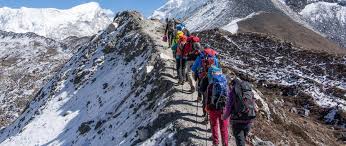
“The first few days I was filled with energy and excitement and we trekked an average of thirteen miles each day. As each day went by, my energy and excitement started to wane. The poor sleep, severe altitude sickness, the lack of a warm shower or bath, and eating the same food (mutton, nonetheless) slowly, but surely, chipped away my energy. Little had I appreciated the luxury of standing under a shower with hot water pouring down on me. Little had I appreciated the feeling of being clean, head-to-toe. Little had I appreciated biting into a juicy watermelon or a hot New York-style pizza. Thirty days later, after having summited five mountains ranging from ten to fifteen thousand feet, each time with altitude-induced head-bursting migraines, and only sponge-bathing in a pure, frigid glacial stream, I not only appreciated all of these life luxuries but actually couldn’t stop thinking of them. It didn’t help that at day twenty, a kerosene tank leaked on the food, resulting in much of the food being discarded. At that point, I learned to appreciate the mutton that I was so tired of as we had to settle with only dahl, rice, and potatoes for the last ten days. By the time we stumbled into the city of Leh, more than three hundred miles away, I was simultaneously thoroughly worn out and fatigued, and deeply proud of my accomplishment, having discovered a deep well of tenacity and potential.
“I dug deep into my reserve and courageously faced each day when I had no choice but to tackle the day’s trek. I found that I had resilience to keep going. Our group was out in the middle of nowhere, among nature’s majestic mountains, lush and fertile landscape, and stark and barren scenery, sometimes not seeing another soul outside of our expedition group for nearly a week. I experienced the forces and beauty of nature and was humbled and awed by its power. I learned that it’s when we are pushed to the limits of discomfort, sometimes on the brink of feeling broken, that we have the opportunity to open ourselves up and tap into our reserve to unleash our strength. These lessons from my expedition have stayed with me and carried me into day-to-day life, helping me to navigate through life’s twists and turns. It has taught me that power and strength come through vulnerability and openness to move toward the unknown. And this experience confirmed that by embracing discomfort, changes, and new experiences, I am able to surprise myself in discovering the potential that exists within me.
“This experience helped clarify my purpose statement: To courageously dig deep to unleash potential as powerful as Nature. Today I live that purpose in all aspects of my life. I have the confidence to shape my future—and whatever circumstances are thrown my way—when I reflect on my trek in the Himalayas and my purpose.
“The process of clarifying my purpose and identifying my passions caused me to reflect deeply on my career. I’ve been fortunate to have led companies in the healthcare products sector. About three years ago, I joined a new company to oversee its North American business. After a successful two year run in my first assignment, I was asked to take on even bigger role at the company. On paper, it was an impressive role. I had great responsibility with many people reporting into me, I was compensated well, and served as a valuable member of our company’s executive team.
“But I felt something was missing. I wasn’t passionate about the company or its culture. The company was very different from the company where I had thrived. It was hierarchical, traditional, and low energy, run by a CEO who verbally encouraged the opinions of others but his actions didn’t support the verbal encouragement. People operated within an environment of fear, and therefore they aspired to “fly under the radar.” The climate could be described as collegial at the surface level, but honest, open debate where the best ideas win wasn’t truly welcomed or encouraged.
“While there were many positive aspects of the company, I knew this was not the environment or culture for me to thrive long term. I had known this for some time deep inside my soul, but I ignored those feelings, and had grown numb to the situation by throwing myself into my work. My team and I delivered results and put points on the board, while I overlooked the uneasiness of not really fitting in. I was unable to fully commit myself to this company.
“As I embarked on the journey to define my purpose, and reflected on my experience in the Himalayas and how I had lived my life, I strove to operate by courageously digging deep to tap into my potential and live powerfully. That was the true me. And being honest with myself—while I had the big job and the trappings that went along with it—I wasn’t living true to my purpose and values. It was at that time that I knew I needed to find a different environment so I could flourish and then help others flourish, too.
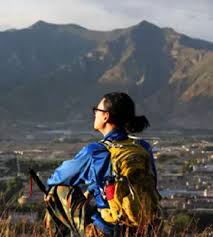
“Being clear about my purpose and my passions allowed me to take the courageous next step of resigning. I transitioned with honesty and integrity, leaving the people and position in a good place. This departure gave me an unexpected sense of relief. As I embarked on my search, I felt a sense of great optimism about what the future held. While I was a bit uncertain as I began the journey, and I didn’t know my exact destination, I had a strong sense of where I was headed. I believed I would know the destination when I saw it. I was confident I’d find the place where I could dig deep courageously to unleash potential as powerful as nature, and where I could create impact and value for myself and others. I was confident I’d be able to help others be successful and grow in an open and transparent environment. I had great faith the best was yet to come.”
Now, six months later, after writing her purpose story, Rachel found her dream job. She accepted the chief executive officer role of a smaller, privately-held company in the women’s health industry. She’s passionate about the space, the company, and culture, and she is confident she will make a meaningful difference in growing and shaping the future of this company. She states, “Had I not clarified my purpose and my plan to create impact, there is no way I would be in this role today.”
When you’re clear about your purpose, it serves as your north star. When you write and share your purpose story, it’s healing and liberating. Sharing your purpose story is the most generous thing you can do. Sharing your purpose statement and story will inspire others to write and share theirs, too. Live by your purpose and purpose story, that’s the recipe for living a life of great impact. Just like Rachel.
